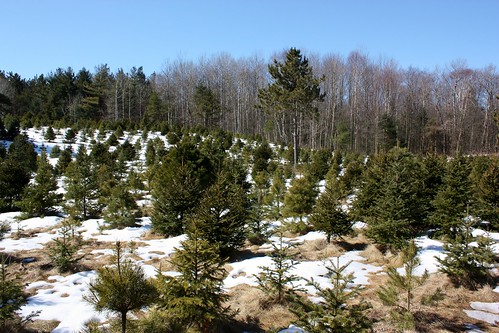
Last weekend, Garrett and I headed out into the woods to visit a maple sugarbush. We’re lucky enough to live in an area where sugar maples are tapped to make maple syrup. These trees only grow in central North America, around the Great Lakes and out to the Atlantic, making it unique to our part of the world.
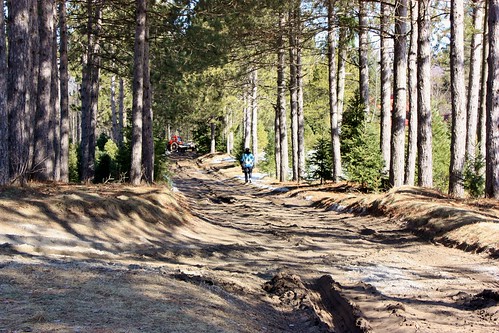
With all the snow melting and making for some muddy roads, we had to hike our way into the sugarbush. Usually you can hop onto a wagon to get into the woods. It was a lovely morning out, so we were happy to have the walk and enjoy the outdoors.
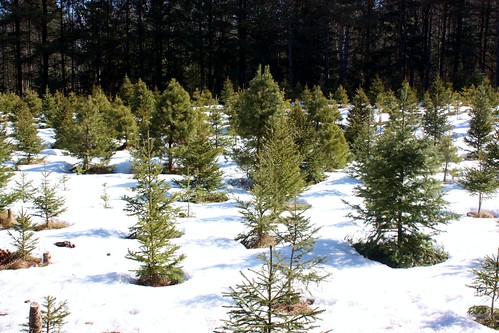
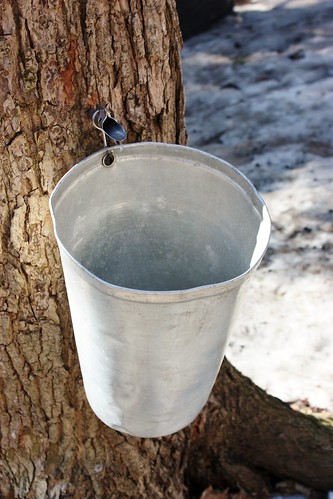
It wasn’t long before we started to see taps in the sugar maples, and hear the sound of sap hitting the metal buckets. At the beginning of March, holes are drilled into the sapwood layer of the sugar maple tree, about 5-10 cm inside the bark. The sap flows during the 4-5 weeks in the spring when the sap freezes at night and thaws during the day. Each sap hole yields about 20-40 litres of sap a season.
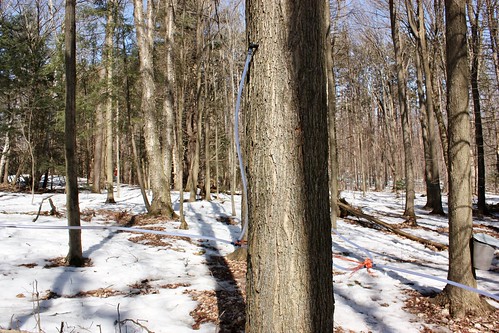
Another modern method is to use a series of plastic tubes, connected to the trees and then directed to a larger bucket.
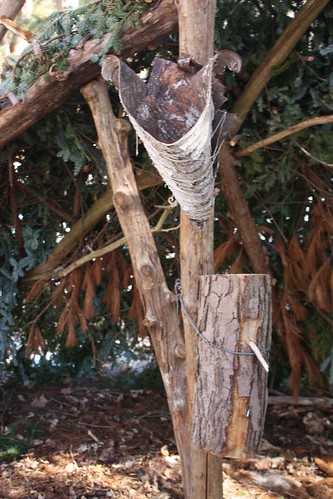
They also have a display of how North American natives gathered sap for thousands of years. It was one of the few natural sources of sugar available to them. They would cut v-shaped notches into the tree, and then place a stick in to the notch to drain off the sap. It was usually collected in pots made of birch bark, then poured into hollowed-out logs.
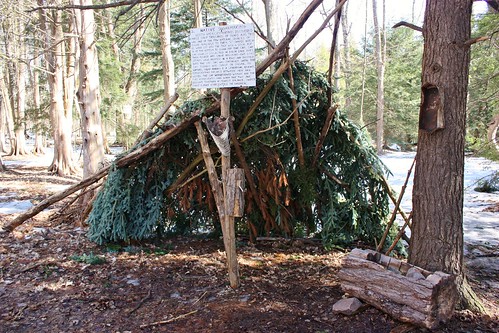
Stones were heated in a fire and then dropped into the sap. They continued to do this until the water had evaporated enough to turn the sap into syrup or sugar.
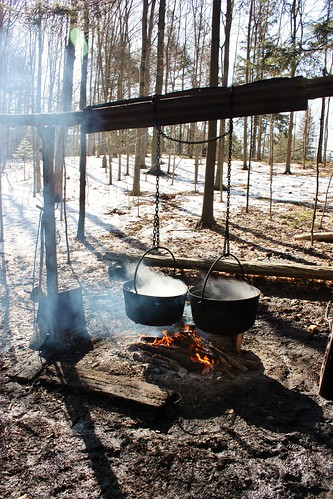
By the 1800’s, most farms had a sugarbush which supplied almost all their sugar. Sap was collected with wooden buckets, then boiled down in a series of large black iron kettles to make syrup, sugar and taffy. Maple sugar was important to pioneer farmers as both a food source and extra income. They would produce as much as possible, often boiling through the night to keep up with sap flow. Syrup production peaked in the 1880’s, before the introduction of cheaper imported cane sugar.
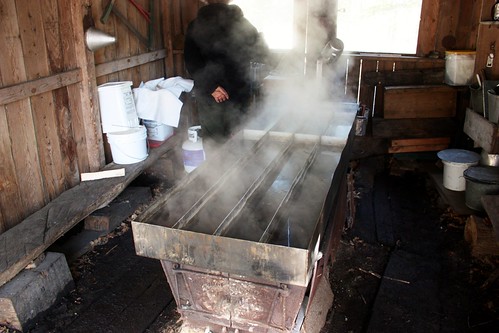
Nowadays, sap is boiled down in an evaporator like this. The large flat pan allows the water to evaporate faster than the older methods. It takes 20-30 litres of sap to make 1 litre of syrup. Once it reaches the correct temperature for maple syrup, it is filtered and then bottled hot. You can continue to boil it longer to get, darker syrups, maple butter and maple taffy.
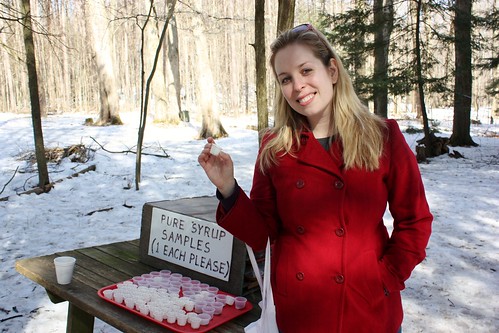
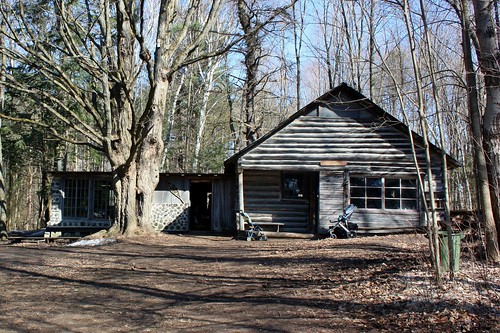
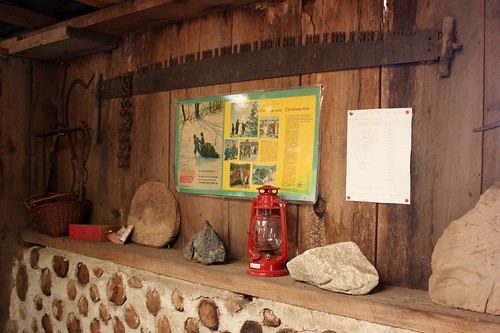
There were many articles on the walls about the history of maple syrup, as well as some fun artifacts from the farm.
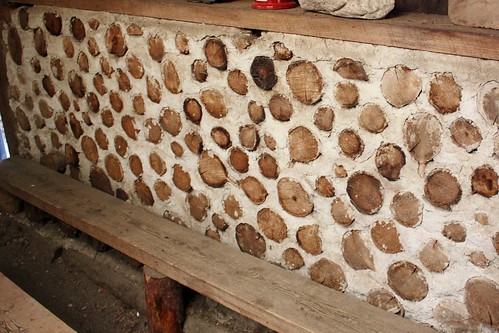
With a dirt floor, plank benches, old wavy glass windows and log-plaster walls, you felt like you were back in time.
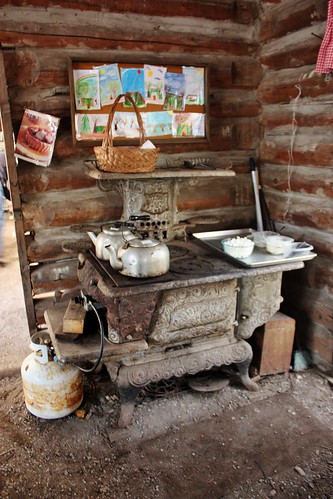
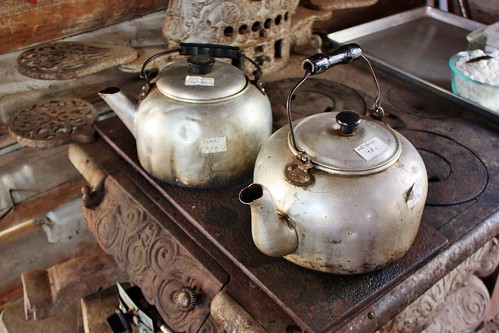
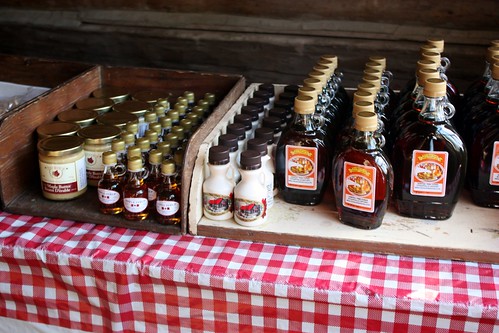
Freshly made maple syrup. Just waiting to take home and try. We grabbed a jar of maple butter to try out.
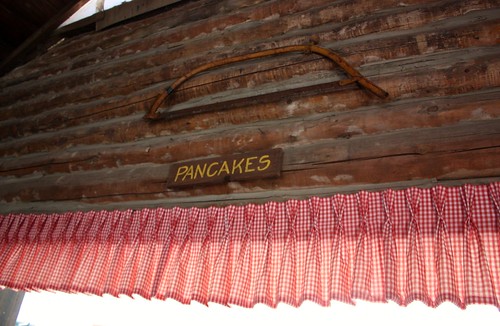
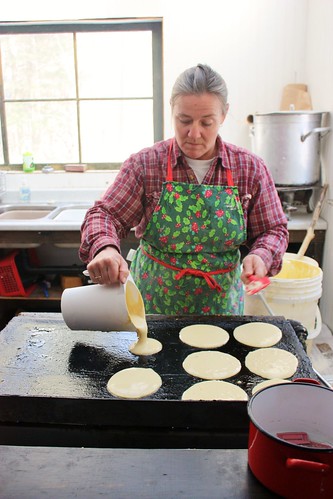
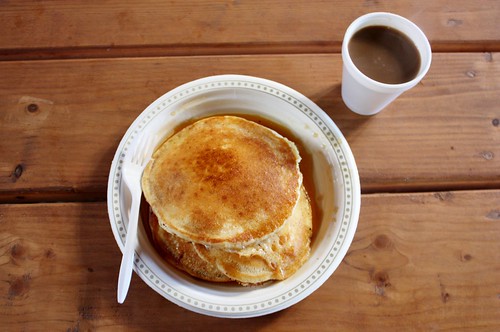
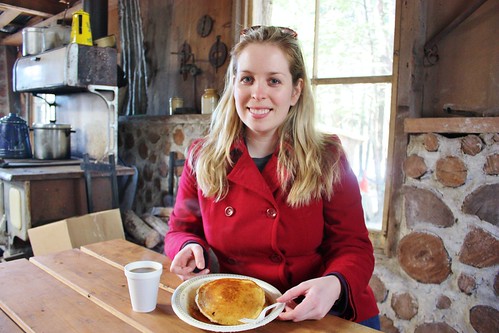
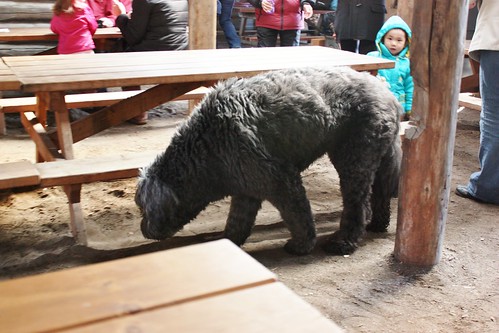
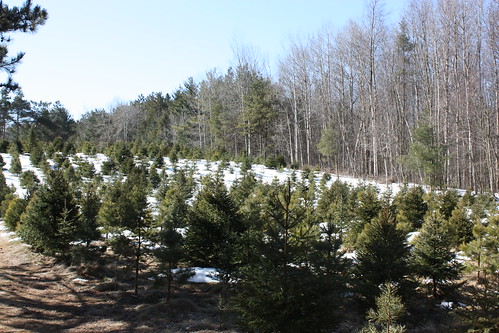
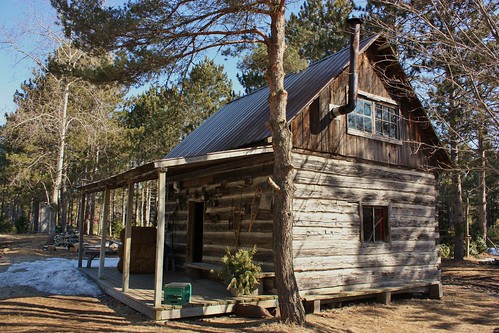
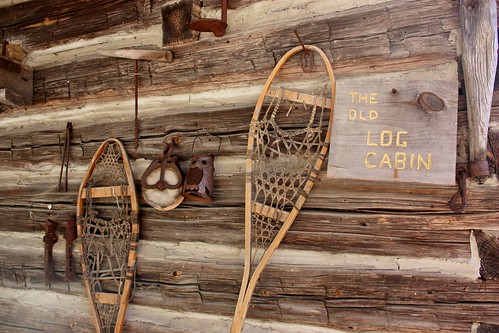
This is the kind of cabin that they would have lived in, back during the peak of maple syrup production.
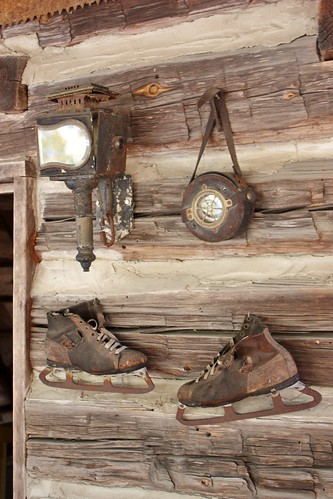

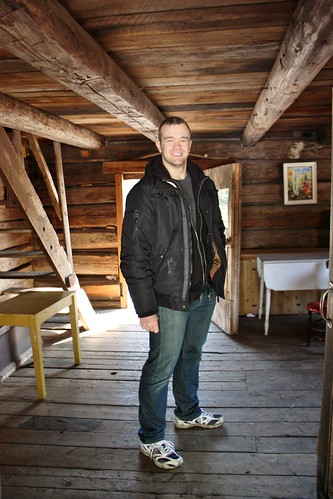
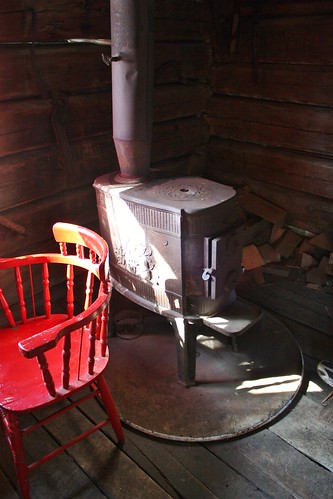

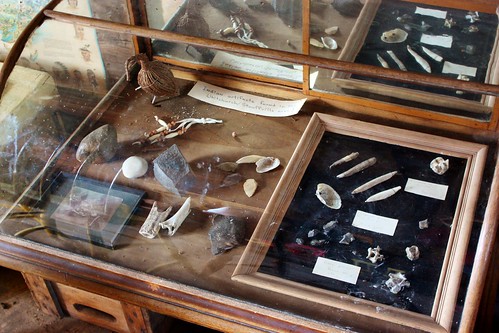
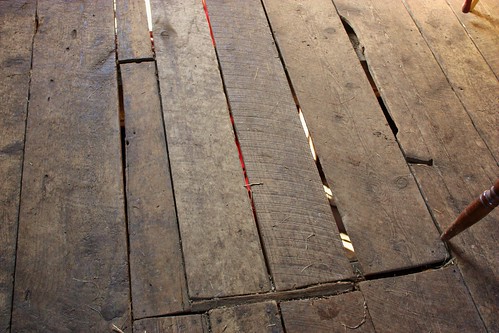
Although I didn’t stay up there too long. The floors were just thin pieces of wood between the beams, and you could see the first floor through the cracks. Garrett was stomping around up there, but I was a huge chicken! I’m sure hundreds of people have been up there over the years, but I was convinced it would all come down.
If you’ve never been out to a sugarbush, I strongly recommend visiting one. It’s a great way to learn about how maple syrup was made, and also to have a few samples too! A friend of mine just got into making her own homemade maple syrup by tapping the sugar maples in her backyard. I would love to be able to do that someday!
